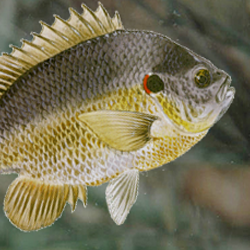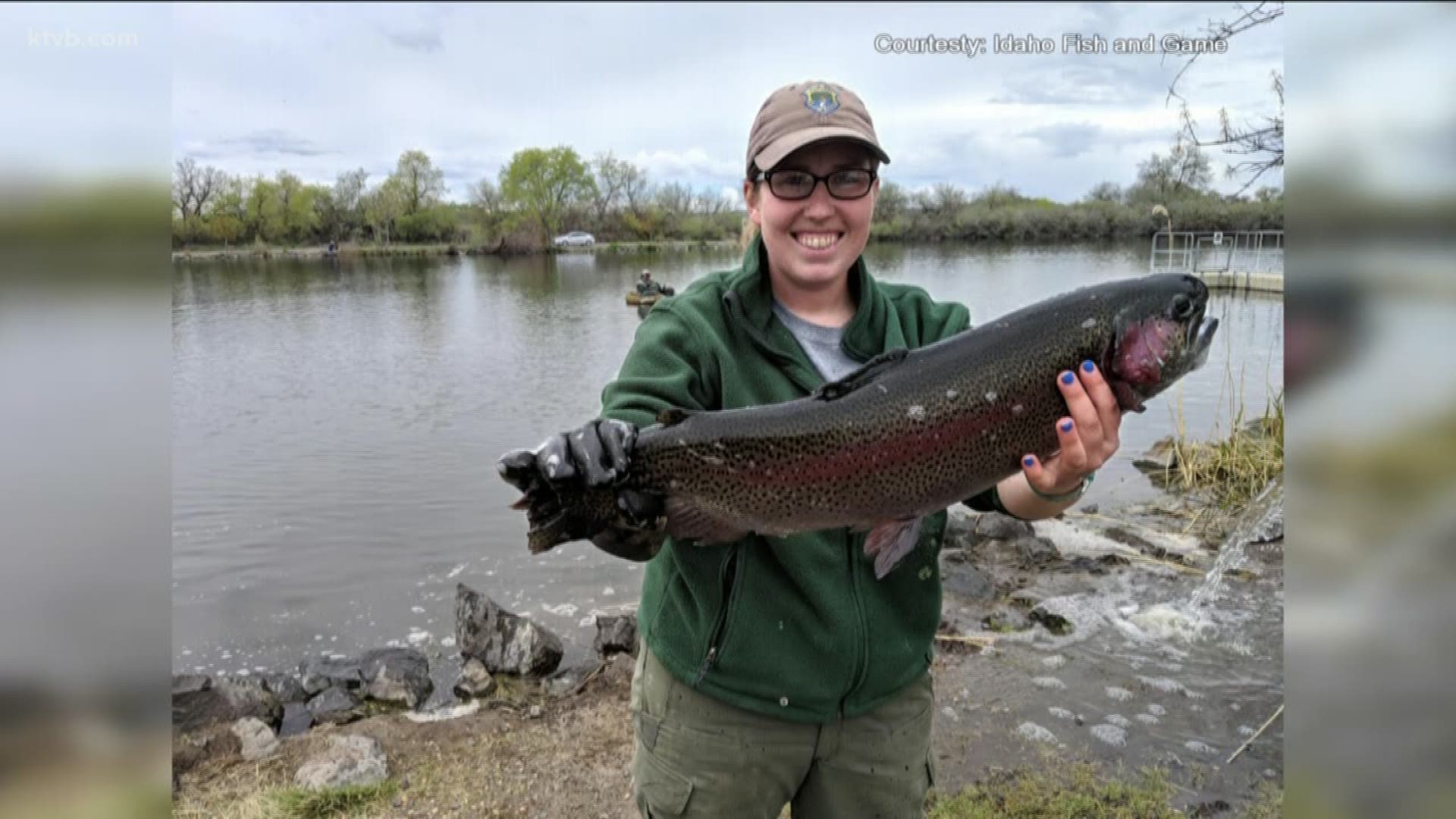

Here’s a question for you: How many species of trout are produced in Arizona State fish hatcheries? If you said seven, you’re right. Our smallest hatchery, Sterling Springs (which is open to the public by appointment only due to difficult access), specializes in hatching the trout eggs and raising them to fingerling size for transfer to Page Springs Hatchery. Most hatcheries have specific areas within Arizona where they stock, although there is some overlapping of waters. Five of these hatcheries, Page Springs, Canyon Creek, Tonto Creek, Silver Creek and Sterling Spring feature various trout species. The Bubbling Ponds Hatchery focuses on Arizona’s native fish such as razorback sucker, Colorado pikeminnow, and roundtail chub which is a native sportfish, but the hatchery also produces a small number of Trout, Florida Largemouth Bass and Bluegill. Over time the smaller fish then grow to harvestable size within the lake.

However, some lakes have abundant natural food and thus, are stocked with smaller fish such as fingerlings (3 inches) or sub-catchables (6 inches). Most fish are raised to catchable size before stocking, which is a targeted size of 9.5 inches. Hatchery fish are raised from eggs which are imported from other federal, state, or private hatcheries in the nation. Where and when fish are stocked – schedule To accomplish this, the Department maintains six fish hatcheries within the State, each of which has a dedicated source of natural spring water. The Department hatcheries stock trout annually into public waters for anglers to enjoy. Thus, the vast majority of trout caught in Arizona’s public waters originate from hatcheries. Trout cannot reproduce in lakes or ponds because they require cold clear-running perennial streams. Natural trout reproduction in Arizona is extremely limited, yet angler demand is high. Most trout in Arizona do not originally come from the stream, river or lake where you caught it, but rather it was stocked from a hatchery at some stage of its life.
#TROUT HATCHERY NEAR ME LICENSE#
Your purchase of a fishing license is then used in combination with those Sportfish Restoration funds to pay for fish stocking efforts and keep the tradition of fishing alive. Fish and Wildlife Service Sportfish Restoration Program. When you buy a fishing pole or lure, a small portion of the cost goes to the U.S. Raising trout is a public service supported not from income taxes, but exclusively from revenues generated by anglers under the “user pay, user benefit” system. Hatcheries play a vital role in maintaining the quality of sport fishing in Arizona.
#TROUT HATCHERY NEAR ME FULL#
Sport fishing also generates 20,038 full time and/or part time jobs. There are more than 350,000 anglers that spend over $950 million on equipment and trip-related expenditures annually in Arizona. Thousands of tourists annually visit the hatcheries to learn about the fisheries program and the Department’s mission.Īccording to the analysis in the 2013 Economic Impact of Fishing in Arizona, annual recreational sport fishing produces $1.47 billion in economic benefits for the state of Arizona. These fish hatcheries are destination facilities for bird watchers and the general public as well. Every year, Department fish hatcheries contribute to the state economy by producing on average 385,000 pounds of fish, which equates to over 3 million fish that are stocked into 118 locations throughout the state. Almost all of the trout harvested in Arizona are stocked from our hatcheries. The sixth hatchery is dedicated to warm water fish production. Five of these fish hatcheries are used for cold water production and play a major role in providing trout fishing opportunities in Arizona. Since 1922 the Arizona Game and Fish Department has operated 15 fish hatcheries, six of which are still maintained. Bubbling Ponds hatchery will be closed Aug. Page Springs hatchery will be closed Aug. Two hatchery facilities will be temporarily closed.

Arizona Game and Fish hatcheries – an inside look


 0 kommentar(er)
0 kommentar(er)
